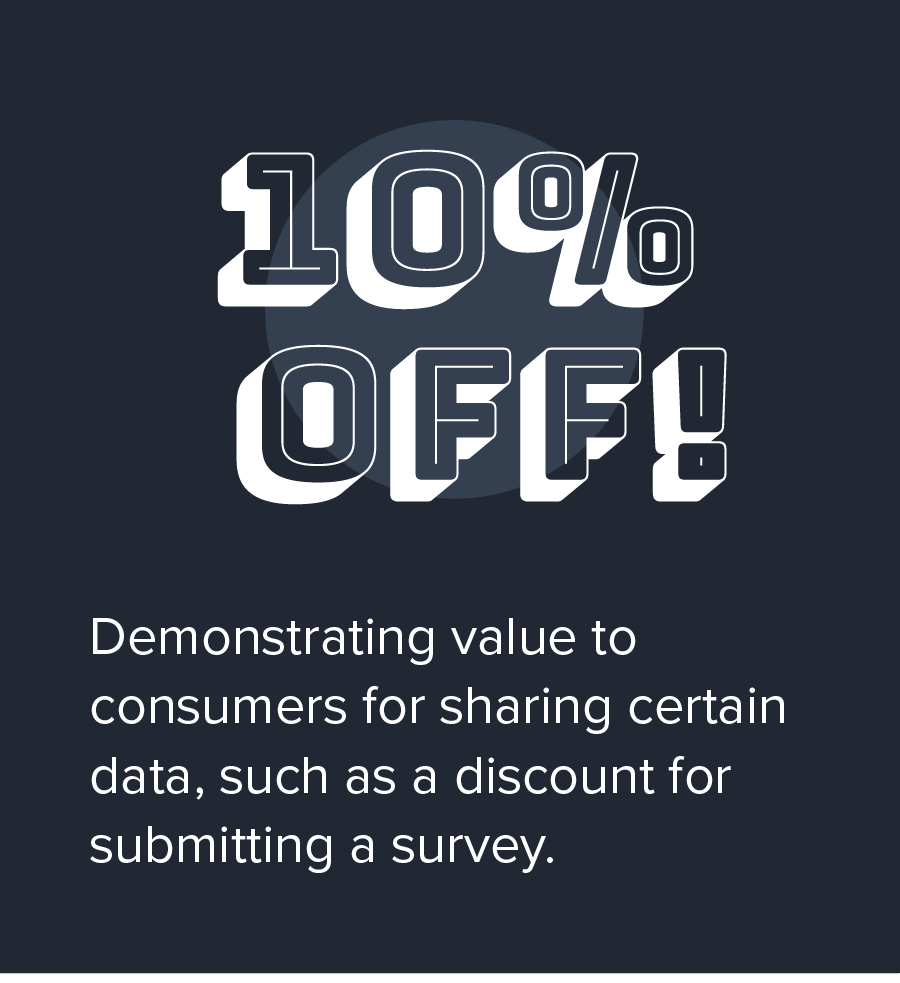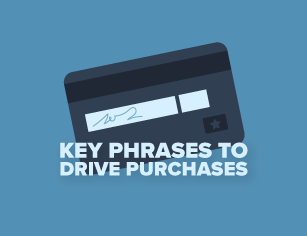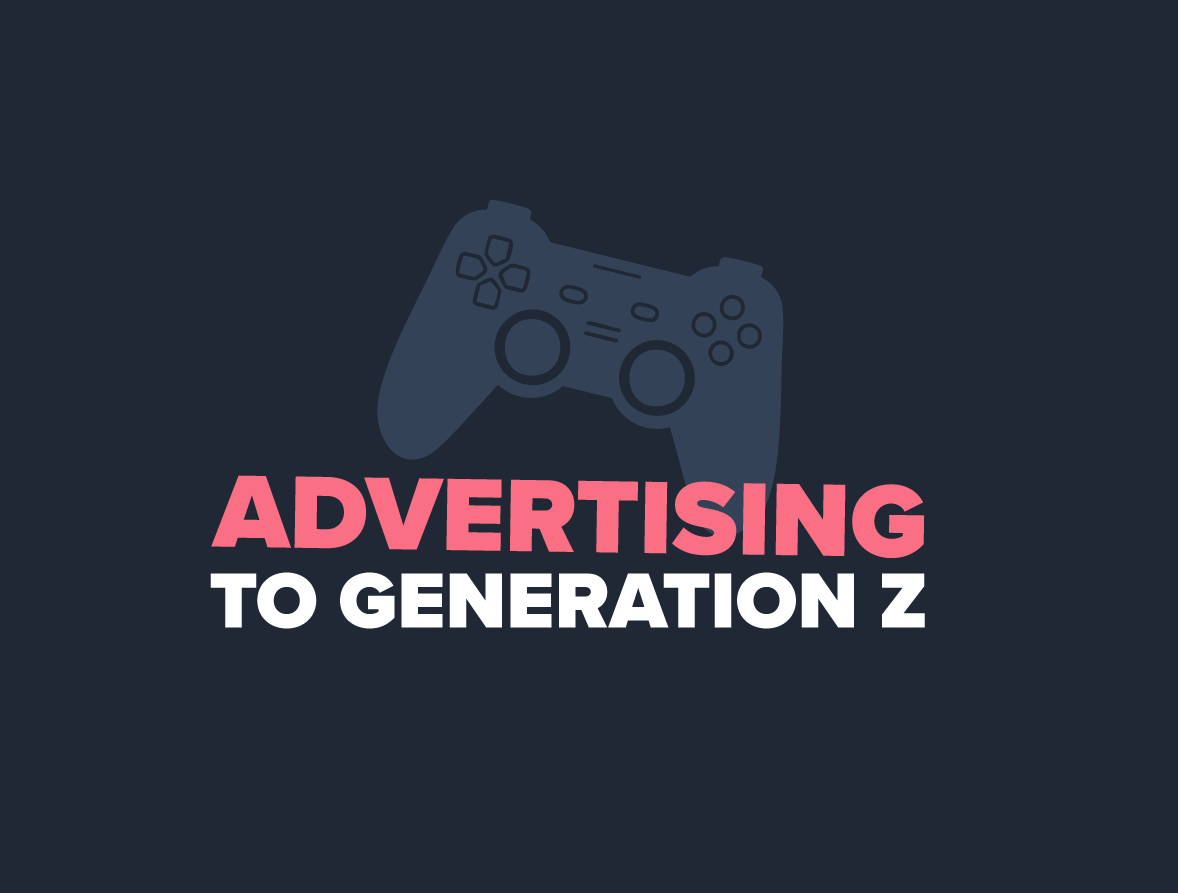For years, marketers have been inundated with fear mongering headlines bemoaning the death of third-party cookies. From Apple’s Intelligent Tracking Prevention in 2021 to Google’s recent announcement that it will join the effort to block third-party cookies in Chrome, it’s natural to start wondering: How will I target ads? How will I attribute conversions? And should I panic?!
Amid this uncertainty, there are massive opportunities for savvy marketers to strengthen their first-party data strategy and drive higher customer lifetime value — if they know where to look.

What’s happening with the third-party cookie phaseout?
Following Apple’s lead, Google — a pivotal player in the online advertising space — has committed to phasing out support for third-party cookies over the next two years.
This announcement isn’t an unexpected one — it reflects a broader industry shift toward a blackout on traditional cookie-based marketing tactics in response to increasing public concerns about privacy and data misuse, with the new landscape demanding a more transparent and consent-based approach to data collection and usage.
Yet, the implications for marketers are still profound, as reliance on third-party cookies has been a cornerstone of ad targeting, attribution, and general digital advertising strategies for decades. As we step into this new era, brands must adapt, evolve, and find innovative strategies that comply with these changes and capitalize on them to create more meaningful marketing.
3 Recipes for Marketing Success in the Post-Cookie Era
Build Trust Through Transparent First-Party Data Practices
With third-party data availability shrinking, marketers should prioritize collecting more first-party data with transparency directly from their customers and prospects. Whether it’s preferences and intents or behavioral data tracked on owned properties, first-party data will become the foundation of customer understanding — all while reinforcing trust, as customers are more likely to engage with brands that respect and are clear about their data use.
Take the time to:



Strengthen Measurement Capabilities
Cookieless measurement and attribution will require investments in better analytics capabilities but pay dividends through unlocking customer lifetime value. With the right detailed data on individual customer interactions, brands can still accurately track touchpoints in the customer journey and optimize accordingly.
Marketers have ample time to adapt to Google’s new policies since they will migrate only 1% of Chrome users to Privacy Sandbox in early 2024. Take the next few months to ensure comprehensive analytics implementation across owned properties while testing multi-touch attribution models powered by first-party data.
Innovate Privacy-Forward Approaches
With data privacy sensitivities at an all-time high, the absence of third-party cookies is an opportunity to implement privacy-forward data practices and regain consumer trust.
It’s not just about adding mandatory consent opt-ins on websites; instead, consider:



Diversify Advertising and Content Channels
With some ad targeting and measurement channels disrupted, typical strategies might not cut it — don’t forget about alternative marketing tactics to bridge these emerging gaps.
Contextual advertising, for example, allows ads to be placed in relevant digital environments, boosting the likelihood of effectively engaging potential customers. Meanwhile, investing in high-quality owned content that attracts organic traffic can also help build brand loyalty — no third-party cookies needed. Marketers can also test targeted social and influencer campaigns informed by first-party segments.
Ready to bake up some new marketing strategies?
Rather than an apocalypse for digital marketing, the third-party cookie phaseout presents a chance for brands to double down on putting customers at the center of their efforts.
Need help transforming uncertainty into a competitive advantage in this new cookie-less world? Look no further than Power Marketing. Our team can help usher in strategies and campaigns that embrace first-party data while prioritizing better measurement and privacy innovation. Get in touch to learn more.


